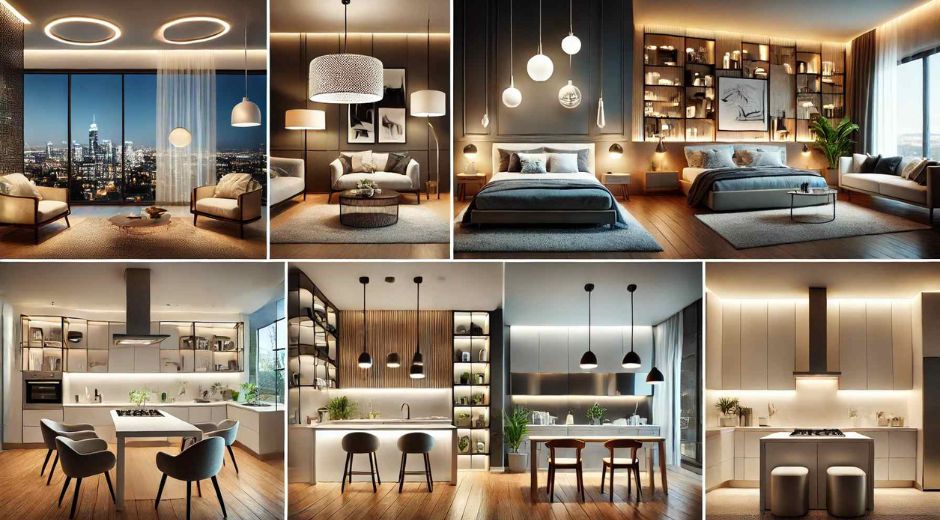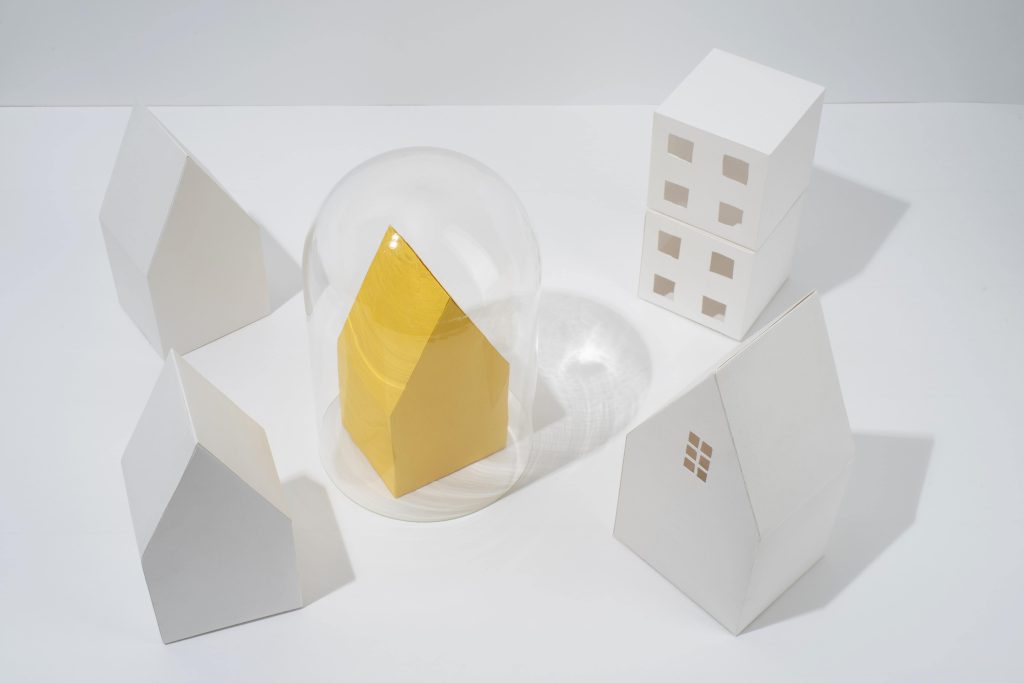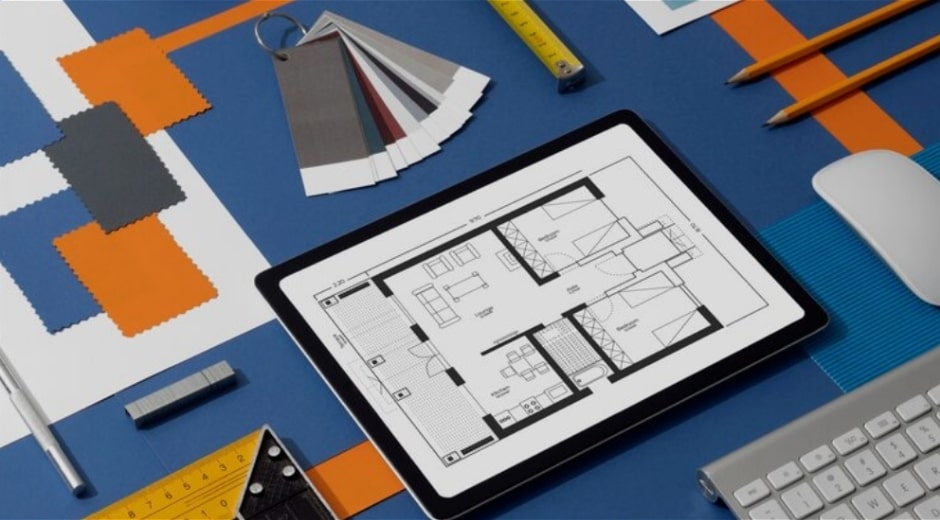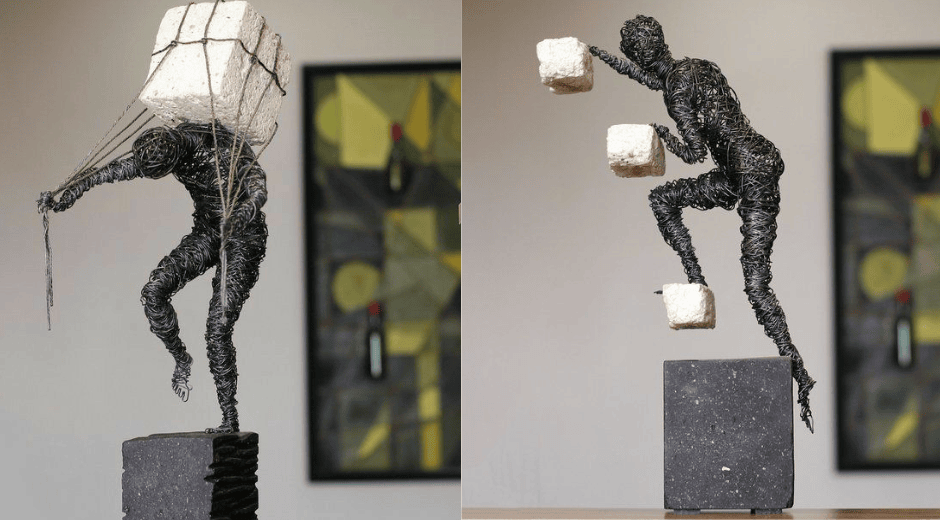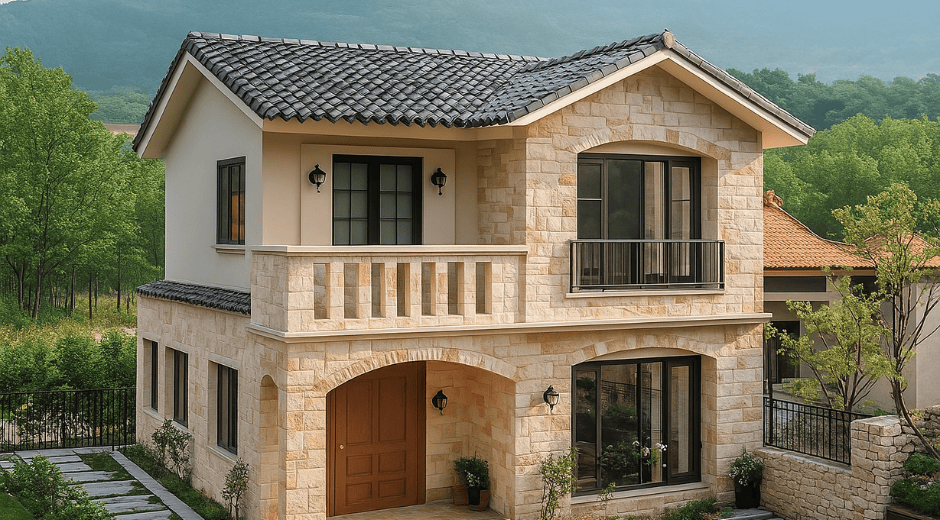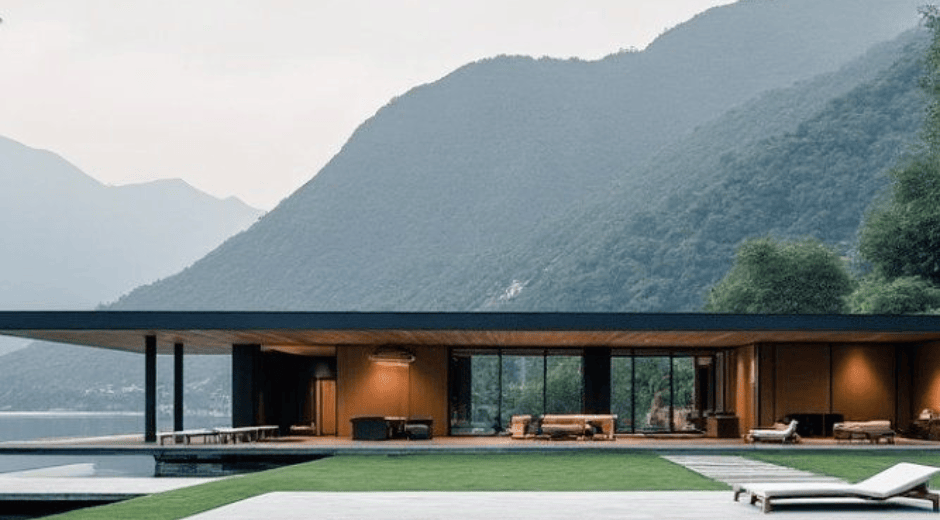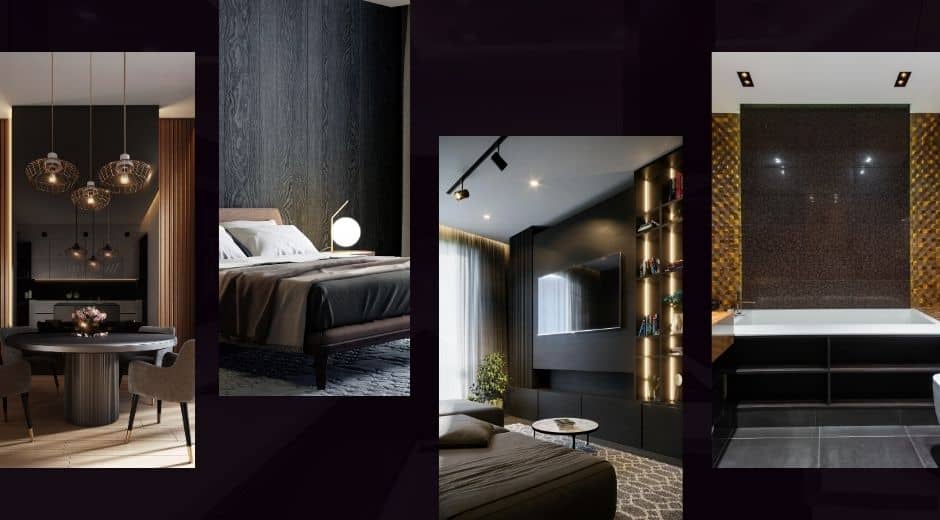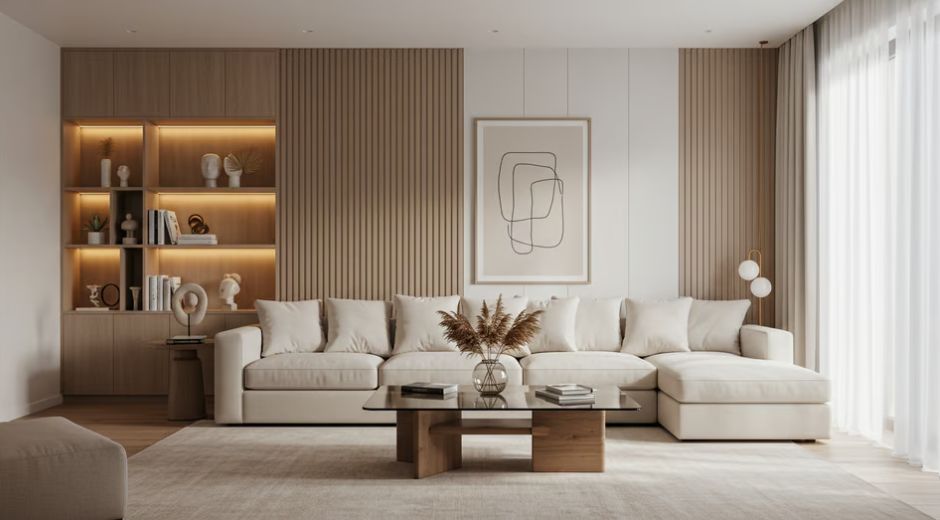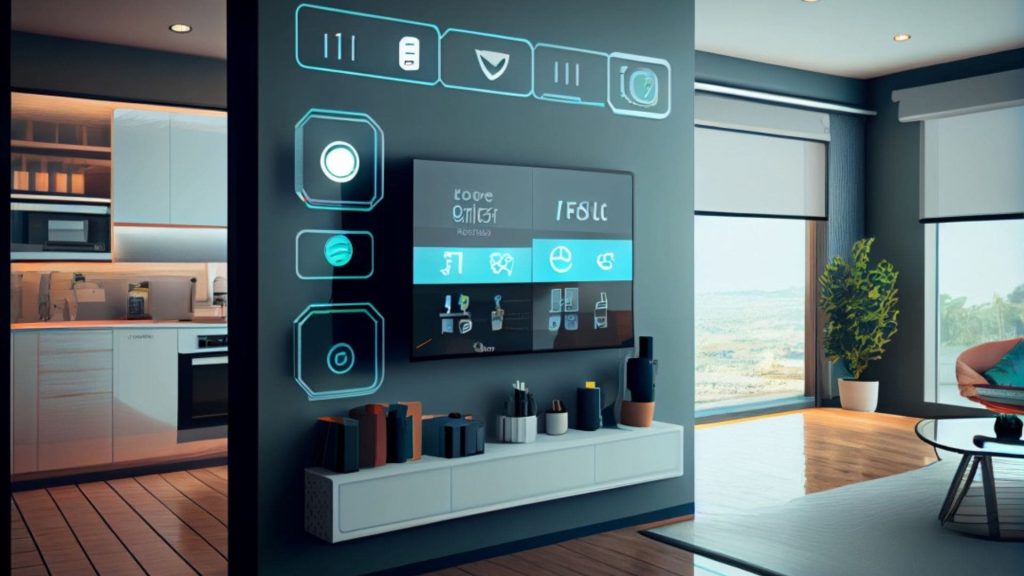Housing Market Outlook 2025: What Buyers & Sellers Should Know
Housing Market Outlook 2025: What Buyers & Sellers Should Know
Introduction
Lighting is one of the most powerful tools in interior design. When used thoughtfully, it goes beyond functionality to become a central part of the overall aesthetic. Lighting as a design element allows homeowners and interior enthusiasts to define spaces, emphasize textures, and create an atmosphere that complements the room’s purpose. In this guide, we’ll explore practical ways to incorporate lighting as a key component of your home’s design, making every room not just well-lit, but beautifully illuminated.
1. Understanding Lighting as a Design Element
Using lighting as a design element means considering it as part of the visual composition of a space. Light can shape perceptions, highlight features, and even influence mood. For instance, bright, cool lights can energize a kitchen or workspace, while soft, warm lighting fosters a relaxing ambiance in living rooms and bedrooms. Recognizing light as a design element allows you to integrate it with textures, colors, and furniture to create a cohesive look.
2. Layering Light for Maximum Effect
A fundamental principle of using lighting as a design element is layering. Rooms should include multiple types of lighting to balance function and style:
-
Ambient lighting provides overall illumination. Examples include ceiling fixtures or recessed lights.
-
Task lighting is focused on areas where specific activities take place, such as reading, cooking, or working at a desk.
-
Accent lighting highlights architectural details, artwork, or decorative elements.
By thoughtfully layering these types, you turn lighting into a versatile tool that enhances the design while meeting practical needs.
3. Highlight Architectural Features
Lighting can draw attention to unique architectural features, emphasizing the home’s character. Using lighting as a design element, consider placing spotlights on textured walls, beams, or niches. Cove lighting can accentuate ceilings, while recessed lights can emphasize artwork or sculptures. This technique transforms ordinary spaces into visually dynamic rooms that feel intentional and polished.
4. Incorporating Fixtures as Decorative Elements
Lighting fixtures themselves can act as artistic statements. When thinking about lighting as a design element, it’s important to select fixtures that complement your interior style. A statement chandelier, geometric pendant, or sculptural wall sconce not only illuminates but also adds visual interest. Mixing materials like metal, glass, and fabric allows you to achieve a harmonious design that reinforces the room’s theme.
5. Creating Mood Through Color and Temperature
-
One of the most exciting ways to use lighting as a design element is through color and temperature. Warm light (2700–3000K) creates a cozy, inviting environment, while cooler light (4000–5000K) encourages alertness and focus. Smart lighting systems and dimmable bulbs offer flexibility, enabling a single fixture to serve multiple purposes throughout the day. Accent lighting with subtle color changes can also add personality and flair to a room.
7. Integrating Technology
Modern design often incorporates smart home technology, which further enhances the use of lighting as a design element. Automated systems allow lights to change intensity, color, and even direction based on time of day or activity. Integrating technology not only increases convenience but also provides an extra layer of creativity, enabling dynamic ambiance adjustments that highlight your design choices.
8. Balancing Functionality and Aesthetics
One common mistake is prioritizing appearance over practicality. When using lighting as a design element, it’s important to balance aesthetics with functionality. Consider the room’s purpose, the tasks performed there, and how natural light interacts with your fixtures. A well-designed lighting plan ensures that every corner is both visually appealing and adequately illuminated.
9. Inspiration and Resources
For homeowners seeking practical guidance on incorporating lighting into home design, websites like Fixolix provide detailed DIY tutorials and project ideas. These resources show how lighting as a design element can be combined with other finishing touches to create a cohesive, stylish home environment. Meanwhile, exploring the broader home design insights on Metro Property Homes can inspire new approaches for lighting layouts and aesthetic integration.
10. Maintenance and Longevity
To keep lighting as a design element effective over time, regular maintenance is essential. Clean fixtures, replace bulbs promptly, and inspect electrical connections to ensure safety and optimal performance. Energy-efficient options like LEDs reduce maintenance and maintain consistent brightness, preserving both the look and functionality of your lighting design.
Conclusion
Using lighting as a design element is a transformative way to enhance your home’s interior. Beyond basic illumination, it shapes ambiance, highlights architectural and decorative features, and reinforces the overall aesthetic of each room. By thoughtfully layering lights, selecting striking fixtures, and balancing functionality with style, your home can feel polished, inviting, and truly personalized.
For more inspiration on finishing touches and stylish lighting solutions, visit Fixolix for DIY tips, and explore Metro Property Homes for professional insights on home design. Integrating these ideas allows you to use lighting as a design element to its fullest potential, creating spaces that are both functional and visually stunning.
Easy steps to Luxury
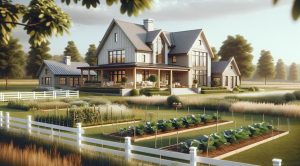
Modern Farmhouse Charm For Cozy Yet Refined Interiors
Modern Farmhouse Charm For Cozy Yet Refined Interiors
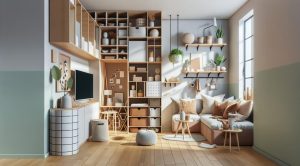
Small Space Styling Tricks For Smarter City Living
Small Space Styling Tricks For Smarter City Living
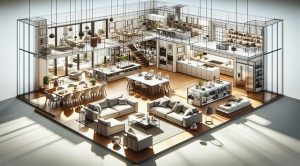
Open Plan Living Ideas To Maximize Light And Space
Open Plan Living Ideas To Maximize Light And Space
